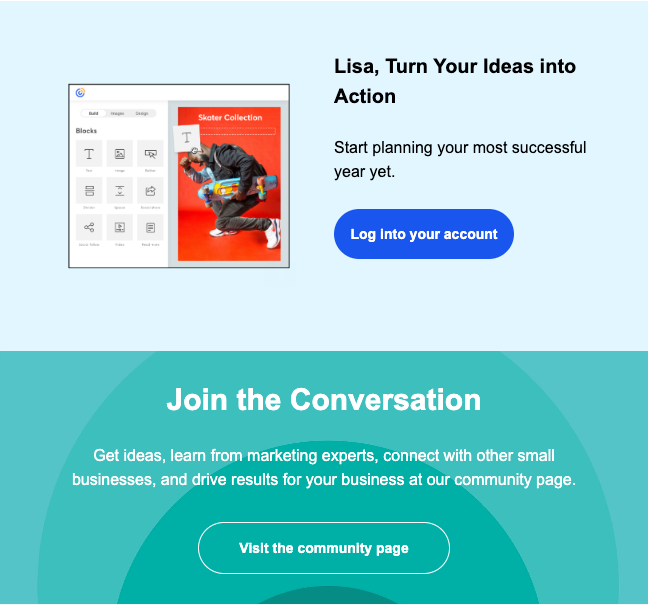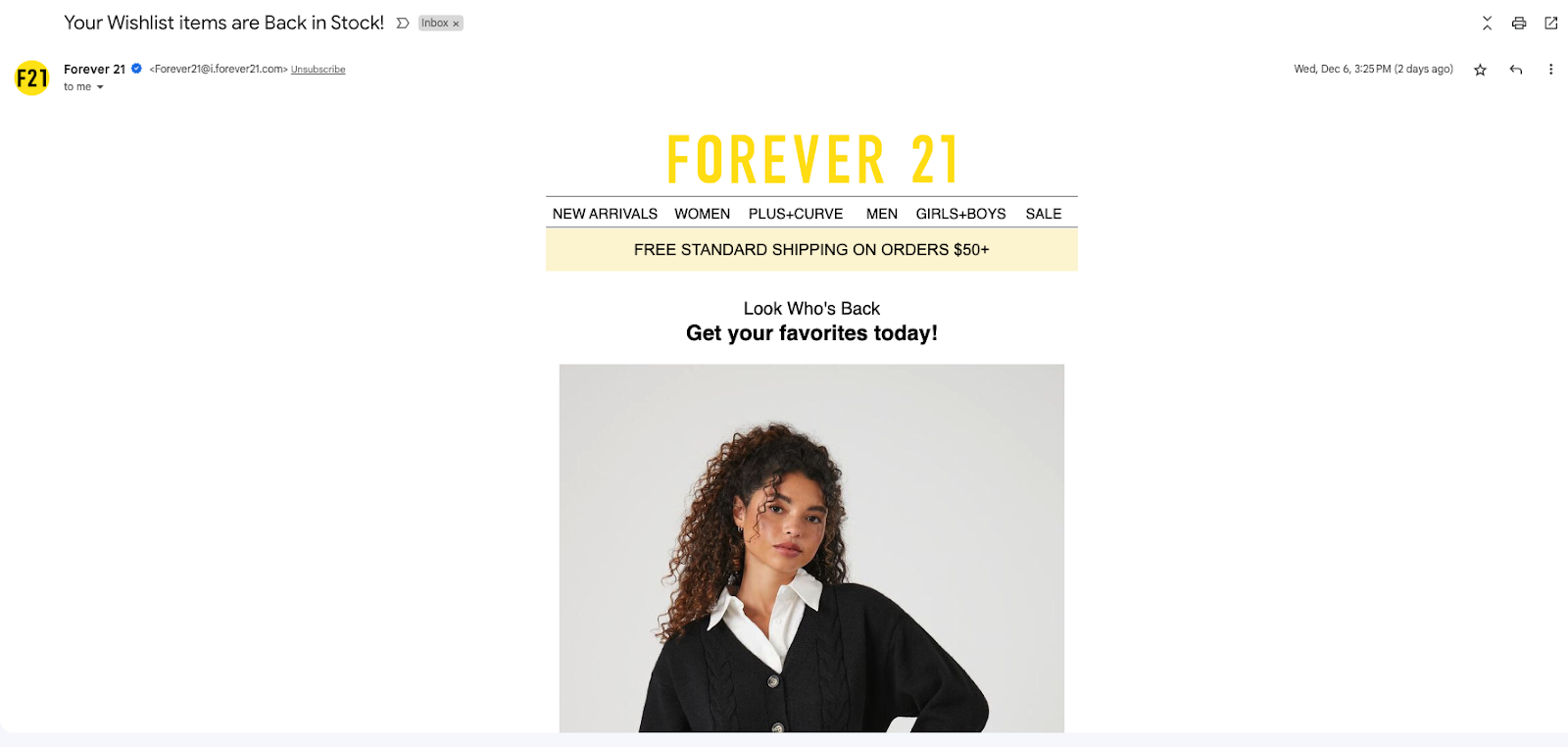
As a busy marketing professional, you have a lengthy to-do list. Crafting engaging content, launching email campaigns, analyzing data, and other routine tasks can quickly pack your schedule. Add the constant pressure to keep up with the latest digital marketing trends, and you may feel ready to pull your hair out–or at least take a long coffee break.
You can cross some items off your to-do list permanently by implementing a marketing automation strategy. This term refers to using innovative software and tools to automate marketing and sales operations. Marketing automation allows you to spend less time on repetitive manual tasks and more time developing high-value client relationships.
This comprehensive guide explores the importance of marketing automation in today’s increasingly competitive digital landscape. We’ll also investigate the benefits of marketing automation and features to look for when shopping for a platform.
The Benefits of Using Marketing Automation
Marketing automation does more than improve the productivity of marketing and sales professionals. This technology also offers numerous benefits for companies in all industries, from banking to manufacturing. Advantages include:
- Personalized marketing
- Increased brand awareness
- More consistent communication with clients
- Nuanced data analytics
- Stronger customer relationships
Check out our guide to the benefits of marketing automation to learn more.
Deliver Personalized Content
Customers constantly get spammed with generic and irrelevant advertising. Stand out from the crowd by using marketing automation to deliver hyper-personalized content.
Personalized content aligns with customers’ interests, goals, and pain points. This approach provides more value than one-size-fits-all marketing because it speaks directly to the needs of individual clients.
Marketing automation platforms like Constant Contact facilitate the delivery of personalized content. This software automatically gathers and analyzes customer data from email, social media, and other sources. That way, you can better understand each client’s preferences.

Other ways Constant Contact allows you to combine automation and personalization include:
- Develop automated messaging paths based on client demographics
- Send automated emails that reference current events or weather conditions in the customer’s geographic location
- Automatically schedule emails for the times when clients are most likely to open them
These subtle touches can make the difference between a client deleting your email without a second thought and enthusiastically engaging with your brand.
Set Up Automated Workflows
Automated marketing workflows are specific sequences of events triggered by certain actions. After you set up automated workflows, the software performs these processes at predetermined times without human intervention.
Tasks That You Can Automate
What do automated workflows look like in action? Say a new client visits your website and fills out a form on your landing page. They provide information about their age, gender, and products they’re interested in. Based on this data, your marketing automation software can generate a series of personalized welcome emails with coupons for relevant products–all without you having to lift a finger.
Here are a few other examples of marketing automation tasks:
- Invite clients to renew subscriptions before they expire
- Send clients blog posts and newsletters that fit their interests
- Remind customers about expiring rewards points
- Promote products related to their browsing history
- Offer discounts to re-engage inactive clients
- Provide coupons for clients who abandon their carts

Automating these routine tasks streamlines your workflows and lets you dedicate more time to essential tasks, such as nurturing client relationships.
How Marketing Automation Works
What is marketing automation? This process sounds complex, but the mechanics are simple. Email marketing automation typically involves these basic steps:
- Segmentation: Constant Contact allows you to gather data about your clients and segment your marketing based on their demographics and interests. For instance, a clothing company can send targeted advertisements for winter coats to clients who live in colder regions.
- Define Trigger Events: Determine which actions will trigger automated marketing communications. Examples of trigger events include filling out a subscription form, birthdays, and revisiting products without purchasing.
- Create Content Templates: Generate content from scratch or use Constant Contact’s library of plug-and-play templates.
- Add Dynamic Content Blocks: Create smart marketing content that changes to suit different readers. For example, you can set emails to display images of local landmarks based on the reader’s geographic location.
- Plan Email Series: Keep clients engaged by creating automated email series for different scenarios. For instance, you can create a welcome email series introducing clients to your brand services. Similarly, you can develop a promotion email series to advertise upcoming holiday sales and events.
- Perform Data Analytics: Constant Contact allows you to conduct advanced data analytics to evaluate the effectiveness of your marketing campaigns. Monitor how clients engage with your content and identify factors that contribute to the success of your marketing efforts.
You can also use marketing automation to schedule social media posts, generate leads, manage customer relationships, and more. Look at our handy guide to automating your marketing like a pro for additional ideas.
Creating Your Marketing Automation Strategy
Developing effective email marketing automation strategies takes careful planning and in-depth knowledge of your clients. Follow these steps to craft a successful strategy to boost conversions and customer satisfaction.
Define Your Goals
The most impactful marketing automation strategies align with your core business goals and mission. Common marketing automation goals include:
- Build a loyal brand following
- Deliver more value to clients through personalized interactions
- Generate higher sales
- Increase customer engagement
- Make data-driven decisions
- Nurture leads
Choose one or two goals to start to avoid feeling overwhelmed. As you get the hang of your marketing automation platform, you can revamp your strategy to address more objectives.
Set Benchmarking and Measurements
Gauge the success of your campaigns by setting email marketing benchmarks. These metrics allow you to measure your performance to check if you’re on track to meet your long-term goals.
Your objectives can help you determine which metrics to monitor. For example, if you want to improve customer engagement, you can track the number of people who open your emails and click through links.
Map Your Buyer’s Journey
A customer journey map enables you to visualize how customers find, choose to buy, and interact with your products or services. You can use this tool to understand client behavior better and create more appealing marketing campaigns.
These steps can help you map your buyer’s experience:
- Understand Buyer Personas: This concept involves creating a fictional representation that embodies your ideal client. A buyer persona allows you to put a face to your audience and imagine how they engage with your company. You can develop a buyer persona by gathering client data, conducting focus groups, and performing market research.
- Conduct a Content Audit: Once you’ve defined one or more buyer personas, you should evaluate your existing content to see if it fits their needs and preferences. Decide which buyer personas match each piece of content you’ve produced. If your content is irrelevant to all your buyer personas or you discover gaps, it’s time to refresh your marketing strategy.
- Understand Your Analytics: Data analytics can help refine your customer journey map by providing valuable insights into how clients engage with your brand. Use Constant Contact’s analytics tools to evaluate metrics like time spent on landing pages, click-through rates, and drop-off points.
- Talk to Sales and Support: Customer service and sales professionals work closely with clients every day so they can provide fresh perspectives on their needs and interests. Collaborate with these team members to make your customer journey map as accurate as possible.
Choose the Right Tools
Set yourself up for success by choosing the right marketing automation platform. Look for software like Constant Contact that offers these essential features:
- Accessible and intuitive user interface
- Automated email paths
- Convenient email templates
- Drag-and-drop email editor
- Dynamic content blocks
- Mobile app
These capabilities increase efficiency and streamline content creation, leading to a higher return on investment.
Implementation and Review
After you’ve selected a platform, you can implement your email marketing automation strategy. Start by configuring the software and building custom automation workflows.
Constant Contact also allows you to conduct A/B testing with a small segment of your clients to evaluate the effectiveness of your preliminary marketing strategies. This step can help you perfect your content before you go live with your entire audience.
Challenges and Solutions in Marketing Automation
Marketing automation has numerous benefits, but, like any technology, it isn’t flawless. Here are common challenges you may encounter and their solutions:
- Data Silos: Businesses often use multiple tools to capture client data, which can cause the information to get trapped in separate systems. Constant Contact addresses this issue by integrating with over three hundred platforms, from Google Ads to Salesforce.
- Limited Personalization: Some platforms limit your ability to tailor your marketing and segment your email list. Constant Contact doesn’t place any restrictions on users, so you can create as much dynamic and customized content as you’d like.
- Learning Curve: It takes time to learn how to use marketing automation technology effectively. Constant Contact’s knowledge base provides in-depth tutorials and guides to help you understand the ins and outs of the platform.
Marketing Automation in Action: Case Studies
Many companies have already implemented marketing automation workflows. Here are two success stories:
- Soluna Garden Farms: This small business uses Constant Contact’s platform to send customers automated emails about their products and peony subscription service. This marketing strategy enabled them to build brand loyalty during the pandemic.
- Lady Black Tie: This dress business expanded sales after using Constant Contact to create automated email marketing campaigns.
Understanding Analytics in Marketing Automation
Data analytics plays a crucial role in the success of your marketing automation strategy. Platforms like Constant Contact use advanced statistical approaches and predictive analytics to help you better understand your clients, competitors, and operations.
Data analytics enables you to:
- Monitor and improve the performance of your campaigns
- Compare different versions of your content
- Identify opportunities for growth
- Prioritize leads
- Anticipate future client needs and behavior
Frequently Asked Questions (FAQs) About Marketing Automation Strategies
What is a marketing automation strategy?
A marketing automation strategy uses digital tools to automate routine sales and marketing workflows. This technology enables companies to deliver more engaging, personalized, and relevant content to clients.
How does Constant Contact differ from other marketing automation tools?
Constant Contact has several key features that set it apart from other marketing automation platforms, including:
- Artificial intelligence (AI) content generation
- Beginner-friendly automation tools
- Designed for email marketing
- Free trial
- Numerous integration options
- Omnichannel marketing automation
- Social media posting
- SMS text messaging
How do I measure the success of my marketing automation strategy with Constant Contact?
Constant Contact makes it easy to benchmark your marketing automation performance. The platform automatically gathers performance data and compiles this information into detailed email marketing reports. You can use these insights to refine your marketing campaign and achieve your goals.
Why Choose Constant Contact for Your Marketing Automation Strategy
Constant Contact is your go-to solution if you’re ready to implement a marketing automation strategy. We specialize in email marketing, so we have the tools you need to connect with clients and make winning sales pitches. Create stellar content effortlessly using our AI Content Generator, dynamic content boxes, and other tools.
The best part? You don’t need to be a tech whiz to optimize your marketing with Constant Contact. Our software is designed for people of all levels of expertise, so you can start automating your workflows fast. We also offer friendly customer support and online tutorials to help you get the most out of the platform.
Getting Started with Constant Contact
Follow this step-by-step guide to implement your marketing automation strategy today with Constant Contact:
- Set up your account
- Import contacts
- Craft a series of emails using Constant Contact’s email templates and your branding
- Segment your client list
- Define trigger events for each email
- Use automation to schedule email delivery
- Use data analytics to track your results
Final Thoughts
Don’t waste any more time manually sending and analyzing your email campaigns. Use marketing automation to increase efficiency and help your business achieve its goals. This technology makes it easier to connect with customers, create personalized content, and track your performance. Start by making a list of items in your workflow that you could automate to make your marketing easier. Look at your goals and consider which tasks should be the priority to automate in light of what you want to accomplish.
Simplify your workflows and spend more time doing what matters most: building stronger relationships with clients.




